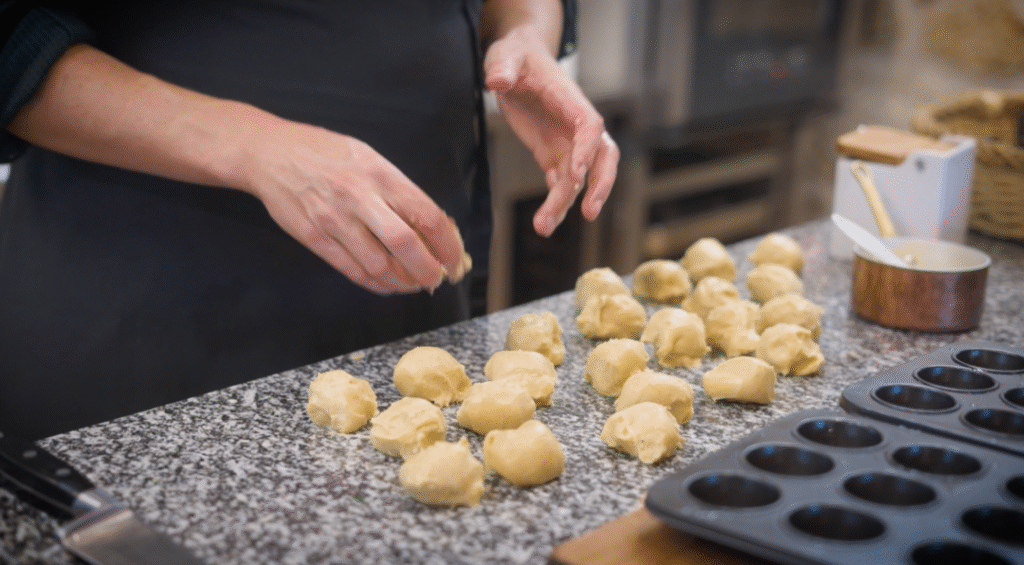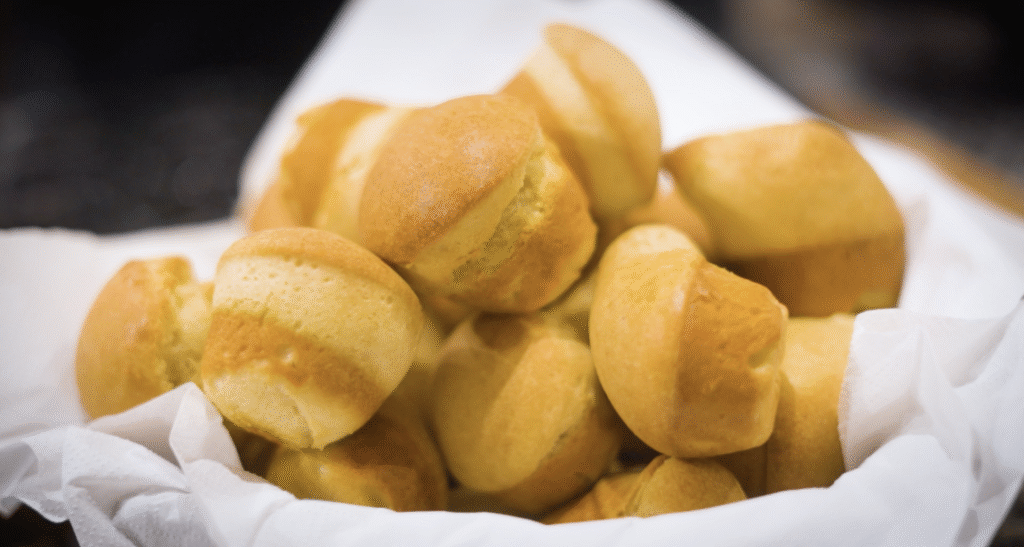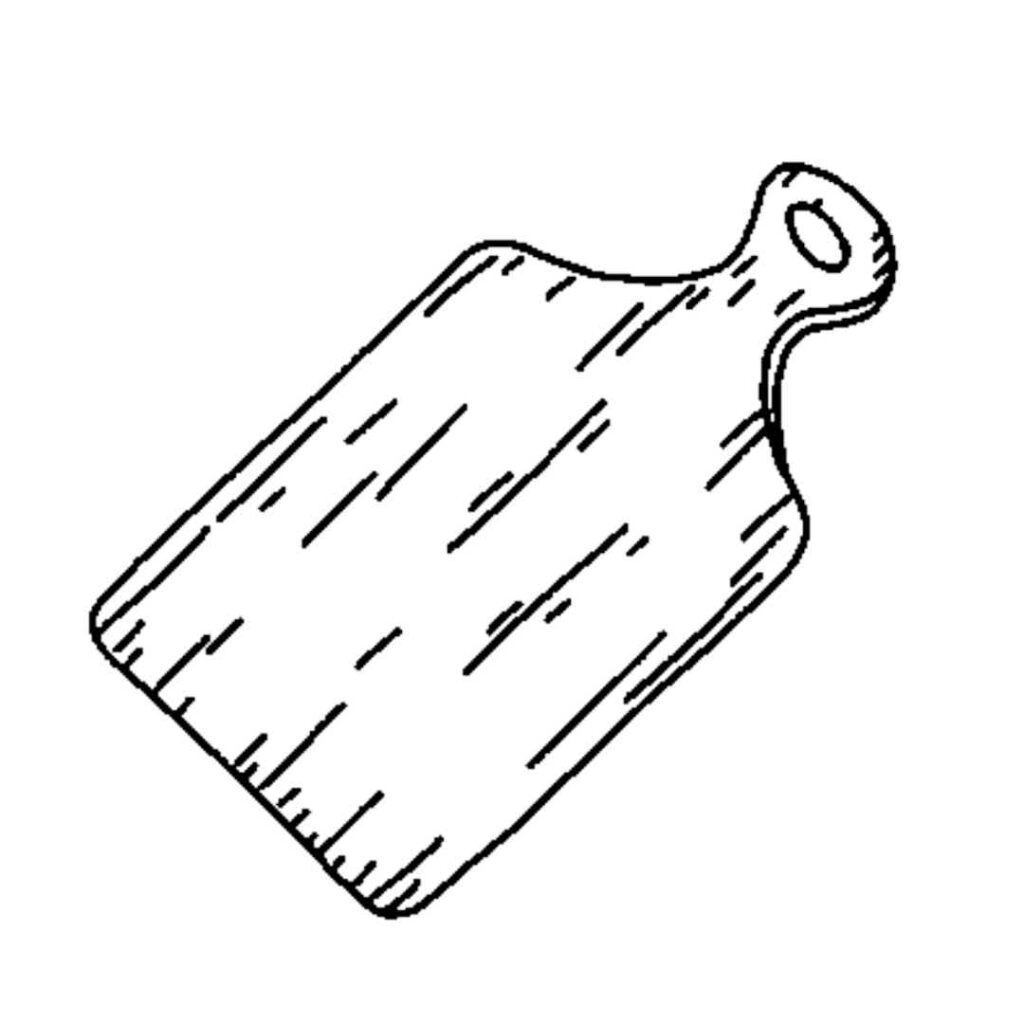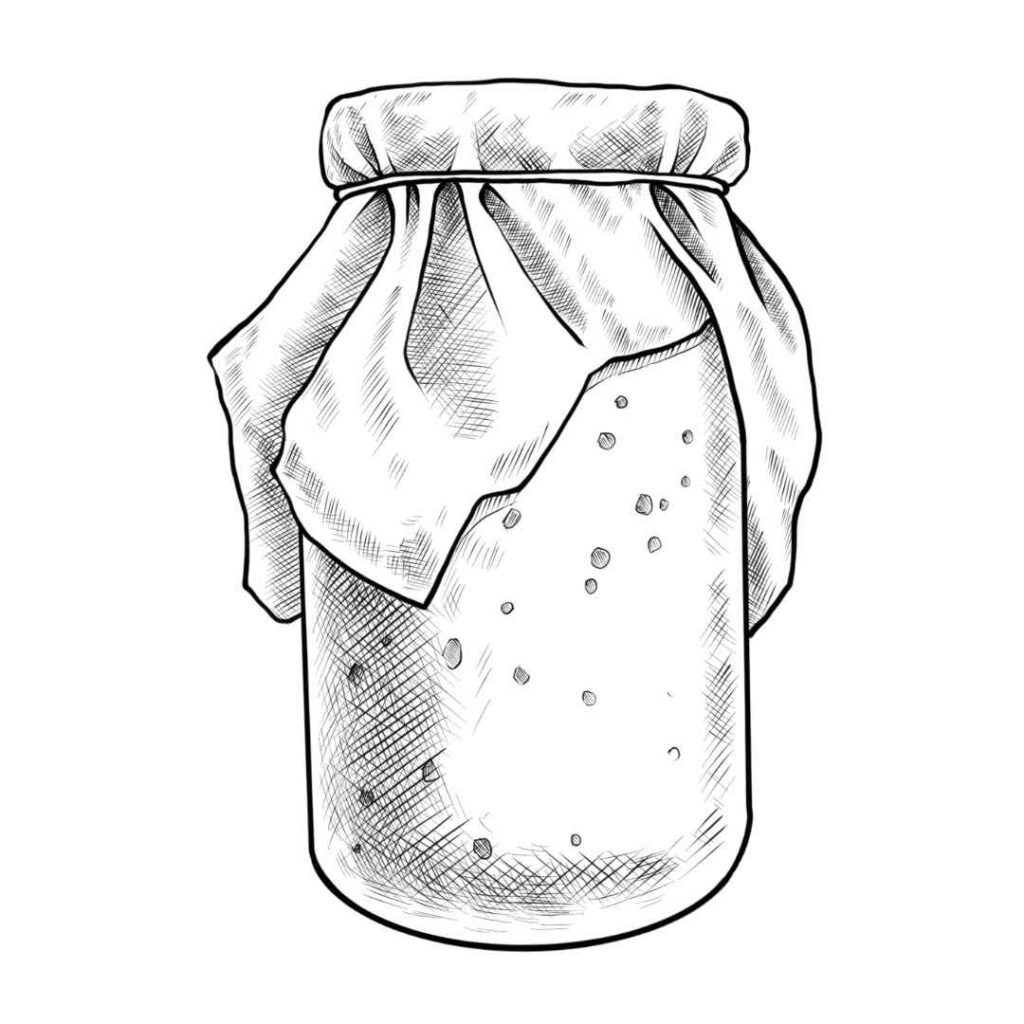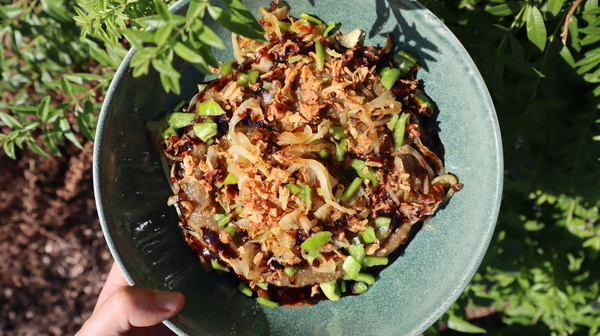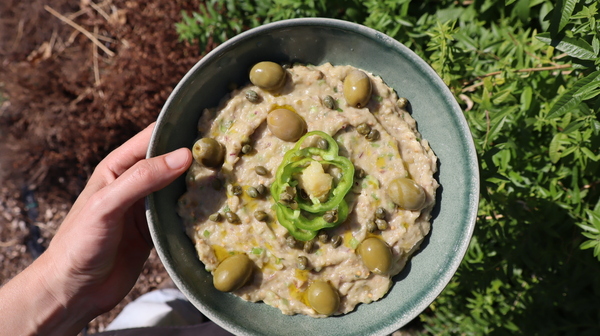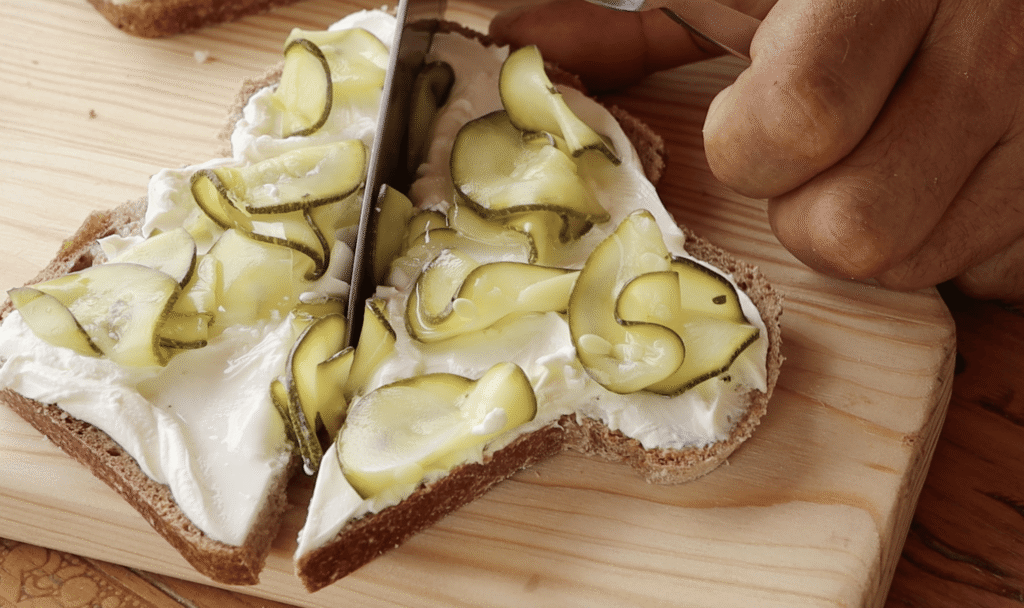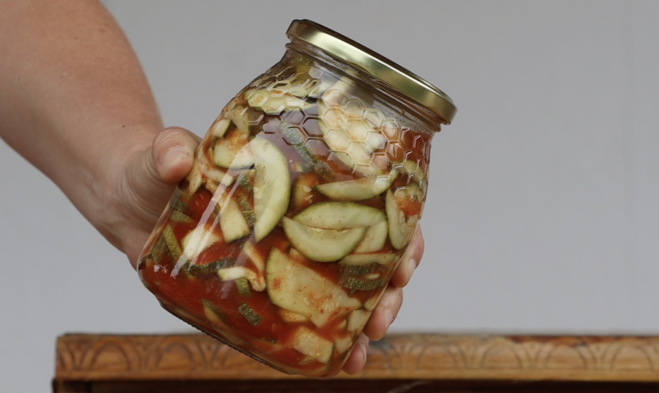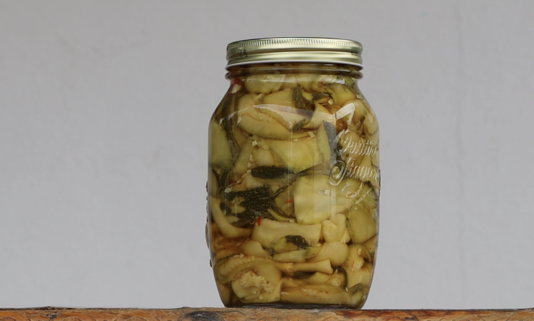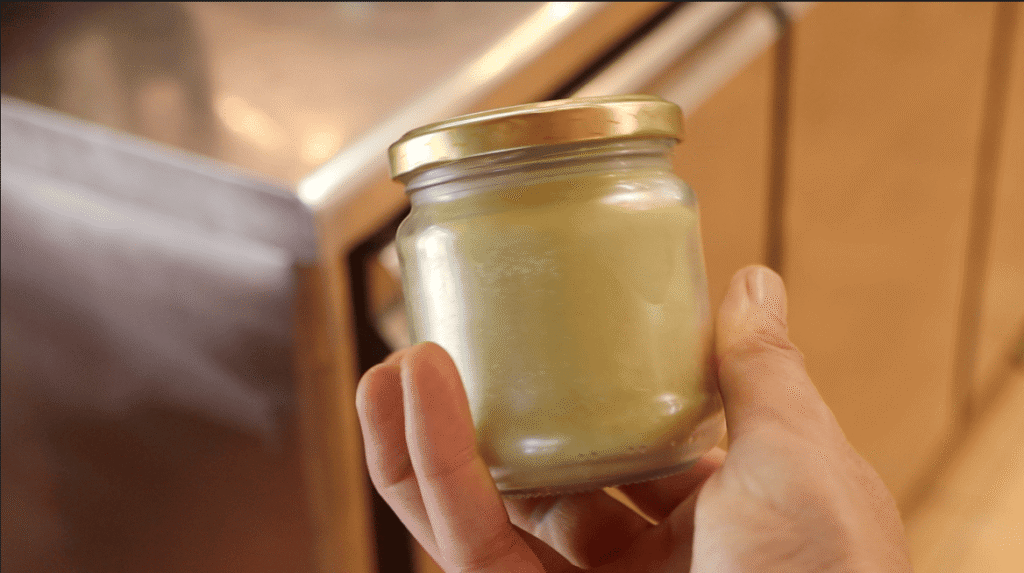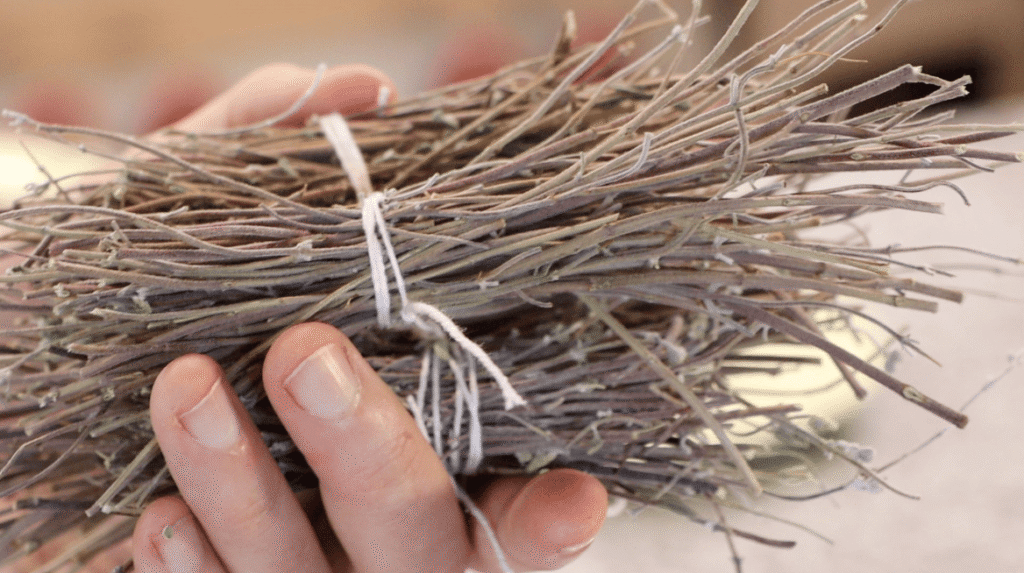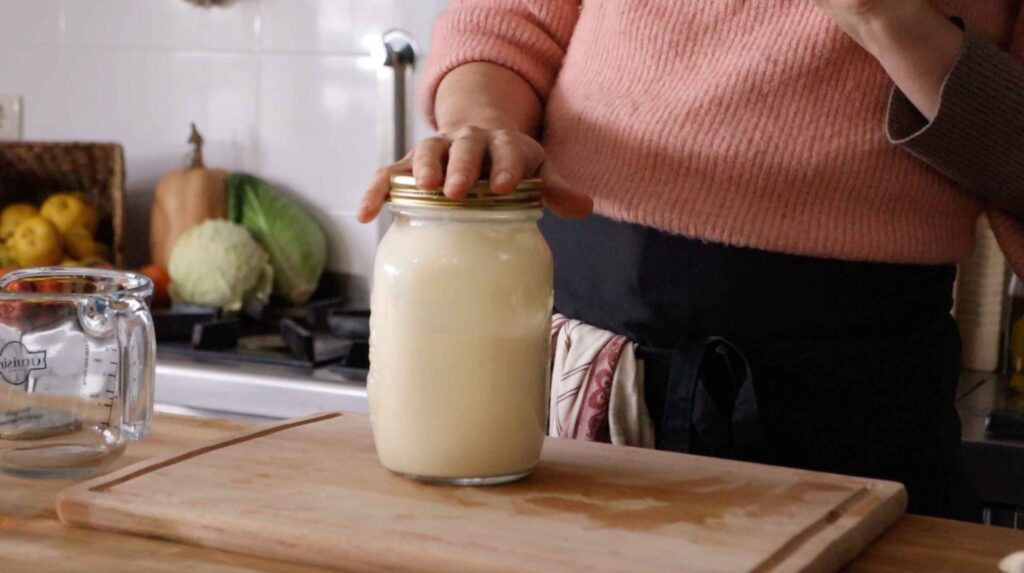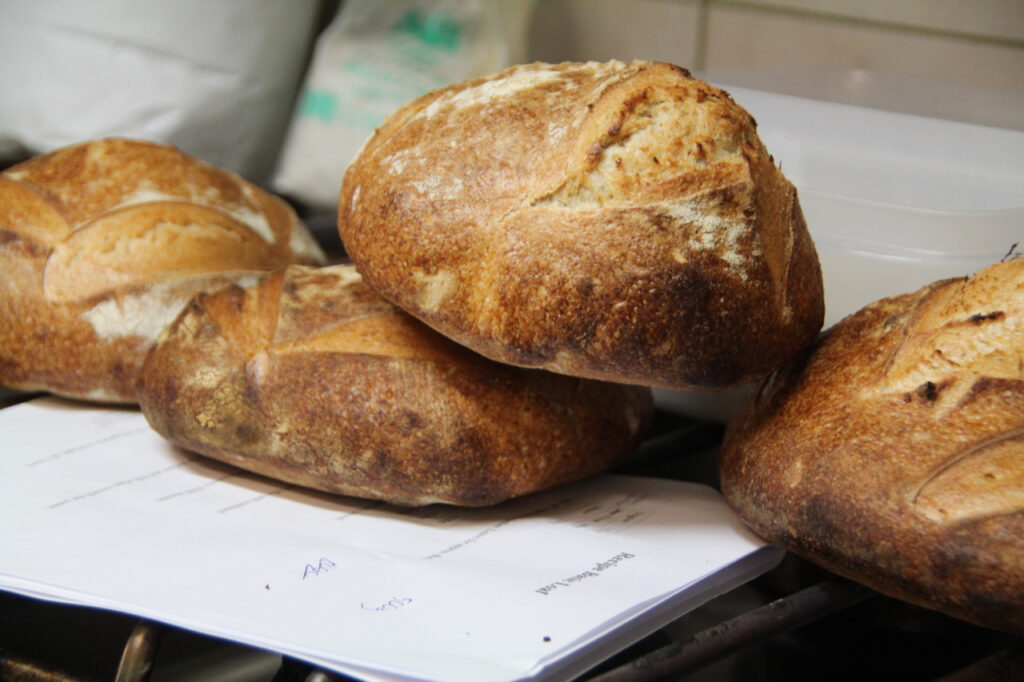Useful Guidelines for Your Sourdough Starter
How to keep it strong, predictable, and ready for baking
A sourdough brioche only turns out light and fluffy if your starter is healthy and active. These guidelines will help a complete beginner understand how to look after a starter and how to know when it is ready to use.
1. Feed your starter regularly
Your starter is a living culture. If you feed it consistently, it becomes strong and reliable.
A simple feeding method is this:
1 part starter
1 part flour
1 part water
For example: 50 g starter, 50 g flour, 50 g water.
Stir well and let it rise at room temperature.
2. Use warm water
The water should feel slightly warm to the touch, never hot.
Ideal temperature: 26–28°C (79–82°F).
Warm water helps the yeast grow. Hot water can kill it.
3. Choose good flour
Bread flour or strong white flour works best because it gives the yeast more strength and helps the starter rise better.
Whole wheat flour can make your starter more active if it needs a boost.
4. Know when your starter is ready to bake
A ready-to-use starter will:
Rise and double in size within 4–6 hours of feeding
Have lots of bubbles throughout
Smell pleasantly tangy or yoghurty
Look slightly domed on top (not flat or sunken)
If it looks collapsed and watery on the sides, it has passed its peak. Feed it again and wait until it rises.
5. Always feed the starter at least 4 hours before baking
For a recipe like brioche, you need the starter to be at its strongest.
If you have just taken it from the fridge, plan to feed it twice before baking so that it wakes up fully.
6. If you don’t bake often, store it in the fridge
For people who bake once a week or less:
Before baking, take it out, feed it, let it rise, and use it when it is active again.
7. Aim for a thick batter consistency
Your starter should look like thick pancake batter.
If it becomes too runny, add a little flour during the next feeding.
If it is too stiff, add a little water.
8. Smell is an important guide
A healthy starter smells fresh, tangy, slightly fruity, or yoghurty.
If it smells like nail polish remover, it is simply hungry. Feed it.
If it smells rotten or mouldy, you must start again.
9. Don’t worry about the grey liquid (called hooch)
If you see a layer of greyish liquid on top, it just means your starter has run out of food.
Pour it off or stir it in and feed the starter again. It is not dangerous.
10. Temperature affects everything
Warm kitchens make the starter rise faster.
Cool kitchens slow everything down.
Ideal range: 23–26°C (73–79°F).
If your kitchen is cold, place the jar:
Do not place it somewhere actually hot.
11. Use the right jar and keep it clean
Choose a jar with enough room for the starter to double in size.
Do not close the lid tightly. The starter needs to breathe.
Wipe down the jar often and scrape down the sides.
12. Trust what you see, not the clock
Every starter behaves differently.
The timing in recipes is only a guideline.
If your starter has doubled, is bubbly, and smells good, then it is ready.
If it hasn’t risen much, wait until it does. Don’t rush the dough.

